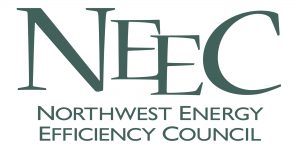As some had predicted, the application of prevailing wage requirements for low income weatherization activities supported by ARRA funding (and presumably for yet to be implemented community based moderate income projects) has generated controversy in Washington State. Community Action Agencies and home energy performance contractors are reporting a series of preliminary decisions by Washington Department of Labor & Industries that require specific wage rate classifications for weatherization related activities. L&I has reportedly suggested, for example, that a residential electrician wage rate must be used for any worker changing a light bulb as part of ARRA funded activities. The Heat/Frost/Asbestos Insulator wage rate must be applied for any work that touches a home’s ductwork (e.g. just adding insulation). If these decisions persist, these wage rates will likely triples the cost of the labor component of weatherization activities. Of course, no additional energy is saved to offset those increased costs. It remains unclear whether policy makers understand the typical dollar savings from weatherization measures in houses. Single family residences may save on average $250 to $400 per year from a comprehensive weatherization package. These are certainly good and important energy savings, but do serve as the foundational calculation on the reasonable cost of service to achieve them.
 The Northwest Energy Efficiency Council transitioned to the name Building Potential in 2024. The organization’s legal name remains the same and the Board of Directors and Staff have not changed. The Northwest Energy Efficiency Council transitioned to the name Building Potential in 2024. The organization’s legal name remains the same and the Board of Directors and Staff have not changed. |